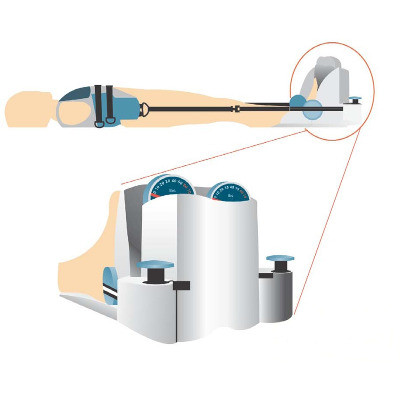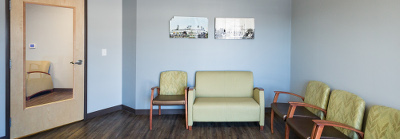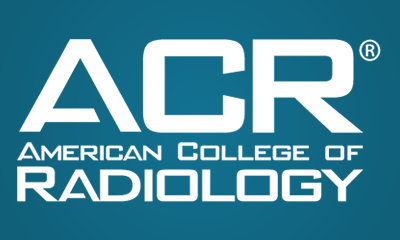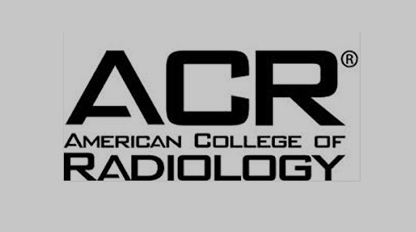FAQ related to
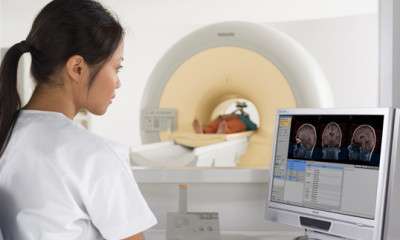 Why should I refer patients to M1 Imaging Center for an MRI?You can refer your patients to M1 with confidence because we have invested in the Philips Ingenia 1.5T, the first-ever... Read More
Why should I refer patients to M1 Imaging Center for an MRI?You can refer your patients to M1 with confidence because we have invested in the Philips Ingenia 1.5T, the first-ever... Read More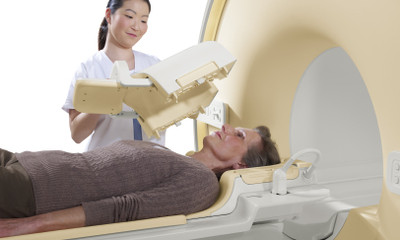 How will my patients feel about your technology?M1 Imaging Center offers state-of-the art technology and a mobile “open” MRI system that your patients can feel good about.... Read More
How will my patients feel about your technology?M1 Imaging Center offers state-of-the art technology and a mobile “open” MRI system that your patients can feel good about.... Read More What are the benefits?Excellent images – The Philips Ingenia 1.5T is the first digital broadband system ever. It incorporates dStream architecture that digitizes... Read More
What are the benefits?Excellent images – The Philips Ingenia 1.5T is the first digital broadband system ever. It incorporates dStream architecture that digitizes... Read More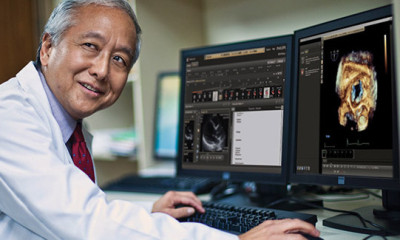 What diagnostic imaging applications does M1 Imaging Center handle?Our Philips Ingenia 1.5T was designed to deliver precise, detailed MR images to radiologists and referring physicians who need to... Read More
What diagnostic imaging applications does M1 Imaging Center handle?Our Philips Ingenia 1.5T was designed to deliver precise, detailed MR images to radiologists and referring physicians who need to... Read More Does M1 take health insurance? How much does a DynaWell compression-based MRI cost?Yes, M1 Imaging accepts mostly all healthcare plans including BCBSM and Medicare. The addition of the DynaWell compression device does... Read More
Does M1 take health insurance? How much does a DynaWell compression-based MRI cost?Yes, M1 Imaging accepts mostly all healthcare plans including BCBSM and Medicare. The addition of the DynaWell compression device does... Read More What’s an MRI?MRIs or Magnetic Resonance Images let doctors see inside your body to identify a wide variety of possible medical conditions—all... Read More
What’s an MRI?MRIs or Magnetic Resonance Images let doctors see inside your body to identify a wide variety of possible medical conditions—all... Read More Why is M1 the right choice for an MRI?At M1 Imaging Center we ensure our doctors and staff have access to the best imaging equipment available and help... Read More
Why is M1 the right choice for an MRI?At M1 Imaging Center we ensure our doctors and staff have access to the best imaging equipment available and help... Read More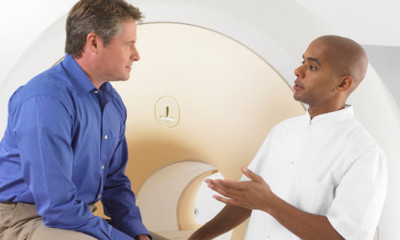 How do I schedule an MRI at M1 Imaging Center?In most cases, your doctor can do that for you. However, M1 will be in touch with you to confirm... Read More
How do I schedule an MRI at M1 Imaging Center?In most cases, your doctor can do that for you. However, M1 will be in touch with you to confirm... Read More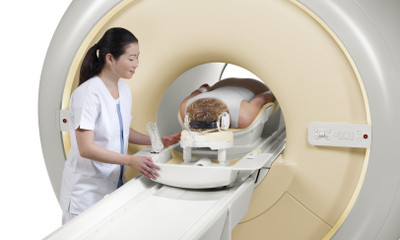 What kind of technology do you use?M1 Imaging Center uses a new Philips Ingenia 1.5T open MRI system that offers vastly improved performance in three key... Read More
What kind of technology do you use?M1 Imaging Center uses a new Philips Ingenia 1.5T open MRI system that offers vastly improved performance in three key... Read More Do MRIs hurt?MR imaging is painless and much quicker than you might think, especially with our new Philips Ingenia 1.5T MRI technology.... Read More
Do MRIs hurt?MR imaging is painless and much quicker than you might think, especially with our new Philips Ingenia 1.5T MRI technology.... Read More Is there any risk?MRIs use no harmful radiation and there are no known health side effects. MRI studies are very low-risk procedures for... Read More
Is there any risk?MRIs use no harmful radiation and there are no known health side effects. MRI studies are very low-risk procedures for... Read More How do I prepare for my MRI exam?For many MRI exams, no special preparation is needed. For some, you may need to fast for 4-12 hours prior... Read More
How do I prepare for my MRI exam?For many MRI exams, no special preparation is needed. For some, you may need to fast for 4-12 hours prior... Read More Does the scanner make a lot of noise?The magnet makes a slight rapping sound as images are being taken. In between scans the machine is quiet. Your... Read More
Does the scanner make a lot of noise?The magnet makes a slight rapping sound as images are being taken. In between scans the machine is quiet. Your... Read More Will I get claustrophobic?M1 Imaging Center offers state-of-the art technology and an “open” MRI system that you can feel good about. It’s based... Read More
Will I get claustrophobic?M1 Imaging Center offers state-of-the art technology and an “open” MRI system that you can feel good about. It’s based... Read More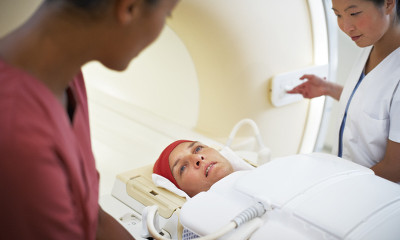 Will I be alone?You’ll be in contact with one of our technologists at all times. Even when he or she is not in... Read More
Will I be alone?You’ll be in contact with one of our technologists at all times. Even when he or she is not in... Read More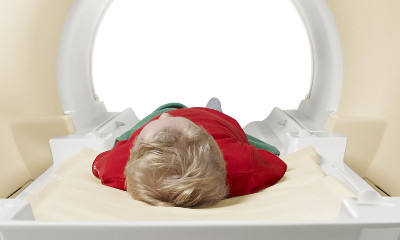 Will I have to hold still the whole time?We’ll get the highest quality results if you hold still during the exam. The technologists will guide you and let... Read More
Will I have to hold still the whole time?We’ll get the highest quality results if you hold still during the exam. The technologists will guide you and let... Read More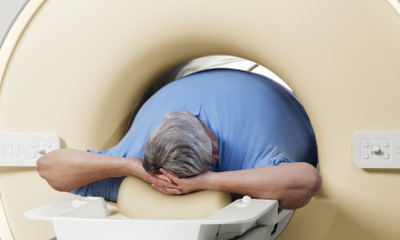 How long will the exam take?With our advanced MRI technology, we can perform routine exams of the brain, spine, knee, ankle, and liver quickly and... Read More
How long will the exam take?With our advanced MRI technology, we can perform routine exams of the brain, spine, knee, ankle, and liver quickly and... Read More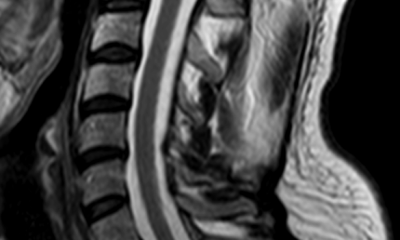 What is Flexion and Extension MRI for C-Spine?Flexion and Extension MRI allows the physician to see the patient’s neck not only while it is in a supine... Read More
What is Flexion and Extension MRI for C-Spine?Flexion and Extension MRI allows the physician to see the patient’s neck not only while it is in a supine... Read More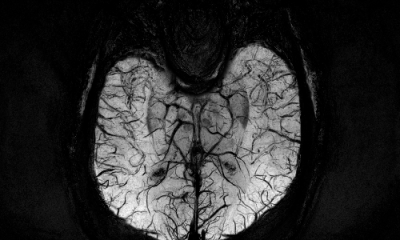 How is the M1 Imaging protocol different than most MRI centers for Traumatic Brain Injuries?M1 Imaging uses a specialized protocol called Susceptibility Weighted Image (SWI). The SWI image is possible through the use of... Read More
How is the M1 Imaging protocol different than most MRI centers for Traumatic Brain Injuries?M1 Imaging uses a specialized protocol called Susceptibility Weighted Image (SWI). The SWI image is possible through the use of... Read More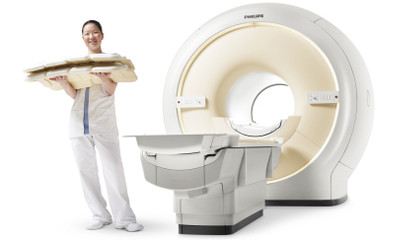 Does M1 Imaging have better dynamic joint imaging than most MRI facilities?Yes, M1 Imaging uses High Field coils that specifically target the joints and provide much better images than competitor MRIs.... Read More
Does M1 Imaging have better dynamic joint imaging than most MRI facilities?Yes, M1 Imaging uses High Field coils that specifically target the joints and provide much better images than competitor MRIs.... Read More What is M1’s reporting turn-around time and are the reports accessible online?Dr. Chintan Desai, the chief radiologist for M1 Imaging, reads reports on a daily basis and our office will fax... Read More
What is M1’s reporting turn-around time and are the reports accessible online?Dr. Chintan Desai, the chief radiologist for M1 Imaging, reads reports on a daily basis and our office will fax... Read More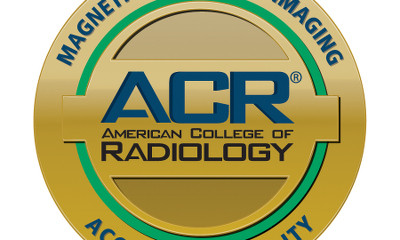 Do you offer ACR portal access?M1 allows its physicians to access the American College of Radiology website to guide appropriateness of MRI ordering. The website... Read More
Do you offer ACR portal access?M1 allows its physicians to access the American College of Radiology website to guide appropriateness of MRI ordering. The website... Read More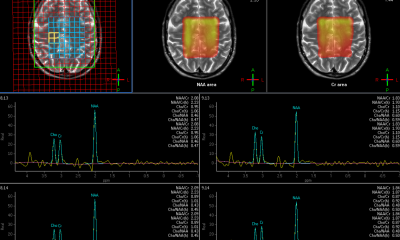 Does M1 Imaging charge extra for these specialized MRIs?No, M1 Imaging provides exceptional value to patients. We bill at 60% of the national average, and we do not... Read More
Does M1 Imaging charge extra for these specialized MRIs?No, M1 Imaging provides exceptional value to patients. We bill at 60% of the national average, and we do not... Read More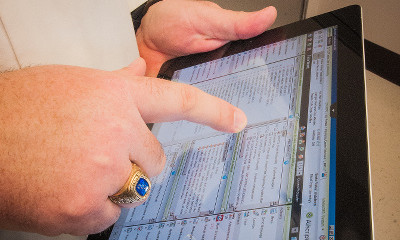 How do I contact M1 Imaging Center?If you have questions about scheduling, or the benefits of M1 Imaging Center for all your MRI needs, please contact... Read More
How do I contact M1 Imaging Center?If you have questions about scheduling, or the benefits of M1 Imaging Center for all your MRI needs, please contact... Read More
